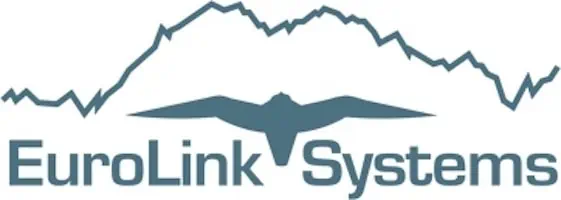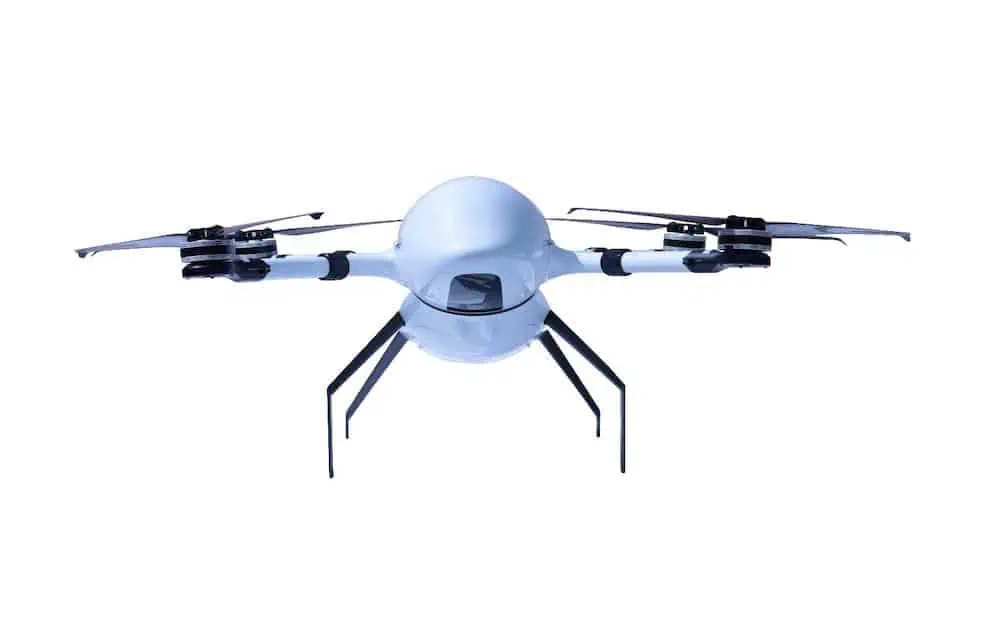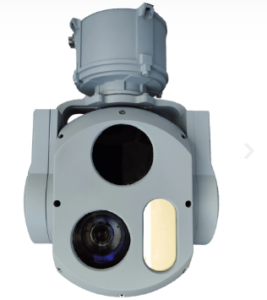In this article, Andrea Lapiana, Engineering Lead for EuroLink Systems, discusses the benefits the company’s Beluga family of mini drones can offer for vertical cell tower and rooftop site inspections.
Abstract
Drone utilization applied to Cell Tower infrastructure and Roof-Top use case applications are not new.
Drones have supported everything from mapping/surveying, infrastructure inspection/assessment, integrity analysis, safety and risk analysis, critical parts delivery, etc. – and have been essential in disaster recovery. Their functional use is unlimited.
With the advent of advanced camera, sensing, AI and other capabilities hosted on drone platforms – drones can deliver close-up views of radios, antennas – right down to bolts that secure equipment to cell towers. Drones can be equipped with signal analyzers to measure radiation patterns of tower antennas and used for radio planning and line-of-sight testing between towers.
These platforms can navigate in areas that cell maintenance crews cannot access easily or safely. Further, they can pinpoint high probability targeted repairs supporting continuous maintenance programs/checks and be a key element of decision-support.
Of particular note is the continued challenge of regulatory barriers for BVLOS operations, although there is heightened attention to this area and others by industry and the key regulators.
The industry has also seen the emergence of organizations, like National Association of Tower Erectors (NATE), a non-profit trade association providing a unified voice for tower erection, maintenance and service companies. Their members deploy, maintain, build and upgrade cell towers, broadcast towers, and utility structures – focused on connectivity.
In an industry where tragedies are still happening, the impact of drones on safety cannot be understated.
NATE’s core members are contractor companies that build, deploy and maintain communications infrastructure, like cell towers. This also includes major wireless carriers, like Verizon, AT&T, T-Mobile and Sprint as members. Other member companies include manufacturers, distributors, public safety entities and technology companies.
These entities help define industry standards that govern the structural standards of the towers and work-related, practices.
Overview
Much of what has been logged about the use of drones for cell tower support – revolves around risk mitigation and safety considerations relating to workforce (tower technicians). By simply reducing the number of tower climbs on a daily basis (some approaching 6-10 times per day) – with fatigue becoming a major factor in safety management, drone utilization has become a key element to reduce the number of climbs and has resulted in minimizing incident risks.
Conversely, antennas to support cell operations are being installed in other than rural or difficult terrain locations – with emphasis on urban or downtown locations – installed on rooftops, street lights, streetlamps and other convenient locations. This presents a different class of challenge and with the proliferation of drone use to support initiatives, like AAM (Advanced Air Mobility) and UTM (Unmanned Aircraft System Traffic Management) – it will be interesting to see how all of this sorts-out.
Rooftop sites in urban areas are a common place for antennas. As UAS utilization continues to gain traction, there will be the need for more flexibility and relief from a regulatory standpoint to gain access and interact with antenna locations.
Although there have been advances in technology – drones continue to have challenges (operating in these target environments) – including close-proximity crash risk, obstacle/collision avoidance, the human factor – flyover risks and the implications to public safety.
In addition, the energy challenge is a critical issue for battery-powered drones. Hovering, data processing, wireless transmission, and mission endurance are some of the main power consuming attributes of a drone, besides flying. Some considerations – particularly, in urban areas – include parking drones at charging stations on top of buildings or lampposts, when required and the advent of alternative gas or solar-powered drones (future state).
Further, rapid channel variations due to mobility, maintaining interconnectivity despite potential topology changes, and the impact of weather conditions are all critical factors.
Nowadays, the drone technology sector brings cost-effective and “life-effective” solutions, which minimize human risk in dangerous and contested areas.
For this reason, EuroLink Systems has developed and introduced the state-of-the-art Beluga family of mini-drones providing a fast and reliable solution for tower cell inspection. As Cell Tower Operators and Transmission Carriers are aware, the first phase of an inspection is visually-based by technicians, although the Beluga can support an operator utilizing the best (in terms of, performance) EO/IR for this primary task. This is useful for general troubleshooting/repair considerations and be a powerful means for predictive maintenance. This approach allows the operator to focus and target on inspective details of the cell tower. Beluga is resilient to different electromagnetic interferences, which provides the operator the means of applying a new model for inspection with a “drone-confident” approach. The high IP-rating of Beluga and its payload support permit 24/7 inspection, even when the atmospheric and environmental conditions are not suitable for other commercial-off-the-shelf drones. The weight power ratio demonstrates that Beluga could host 3.5 kg (7.2 lbs) with more than 40 minutes (operating mission) or 1.5 kg (3.3 lbs) with 1 hour of endurance.
Conclusions and Perspectives
Consistent with EuroLink’s standard approach, there is a need to characterize the target application, which will result in jointly-defined, Requirements Definition/SOW. Further, EuroLink can collaborate on overall mission goals, project plan, flight path to target destinations, etc. – to configure the right Beluga solution to fit customer-specific, needs. That includes a demonstration program with actual payload – common to the target application. As we move our discussion forward – EuroLink can translate these efforts into Proposals for consideration.












